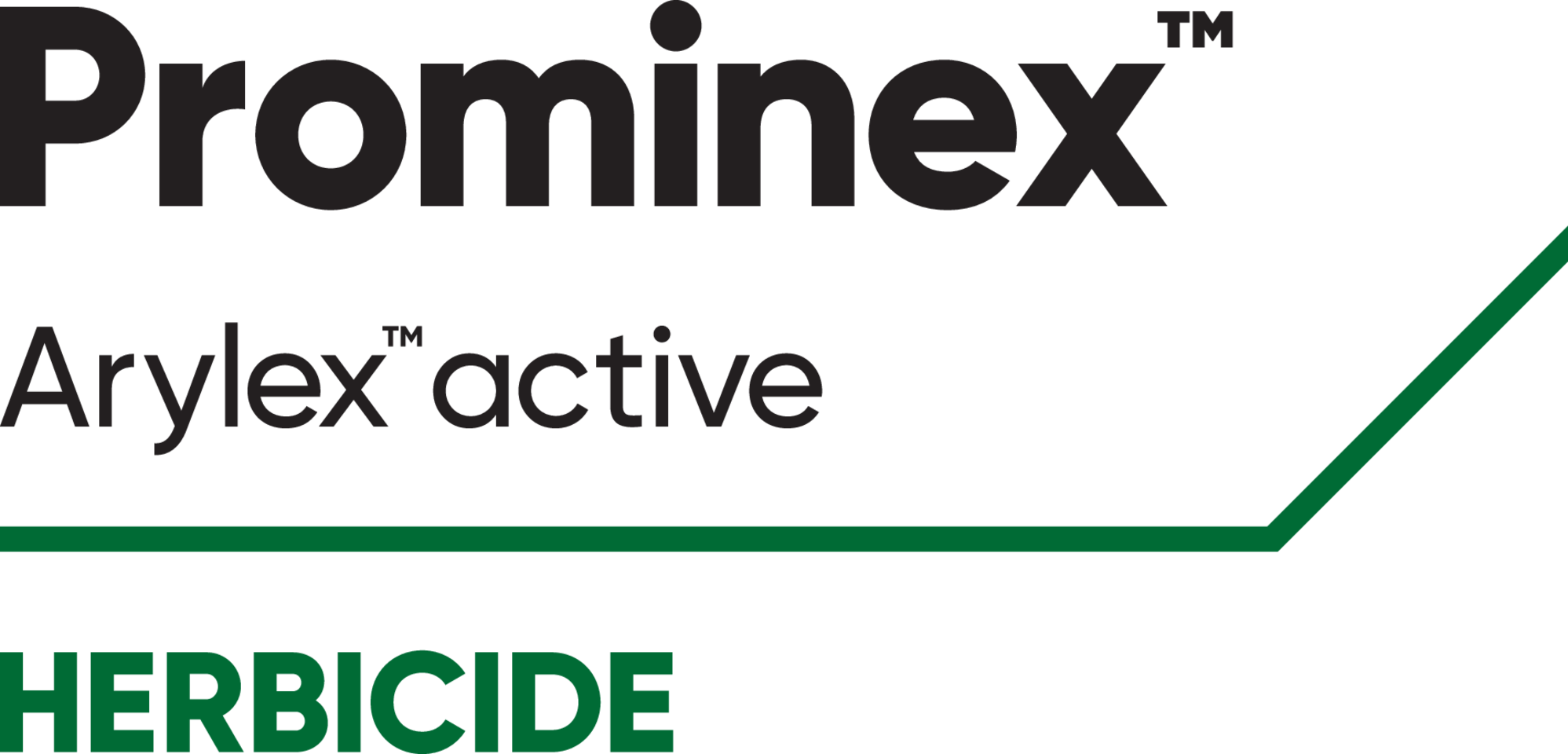ST
My Account

Go Back
PIONEER.COM











